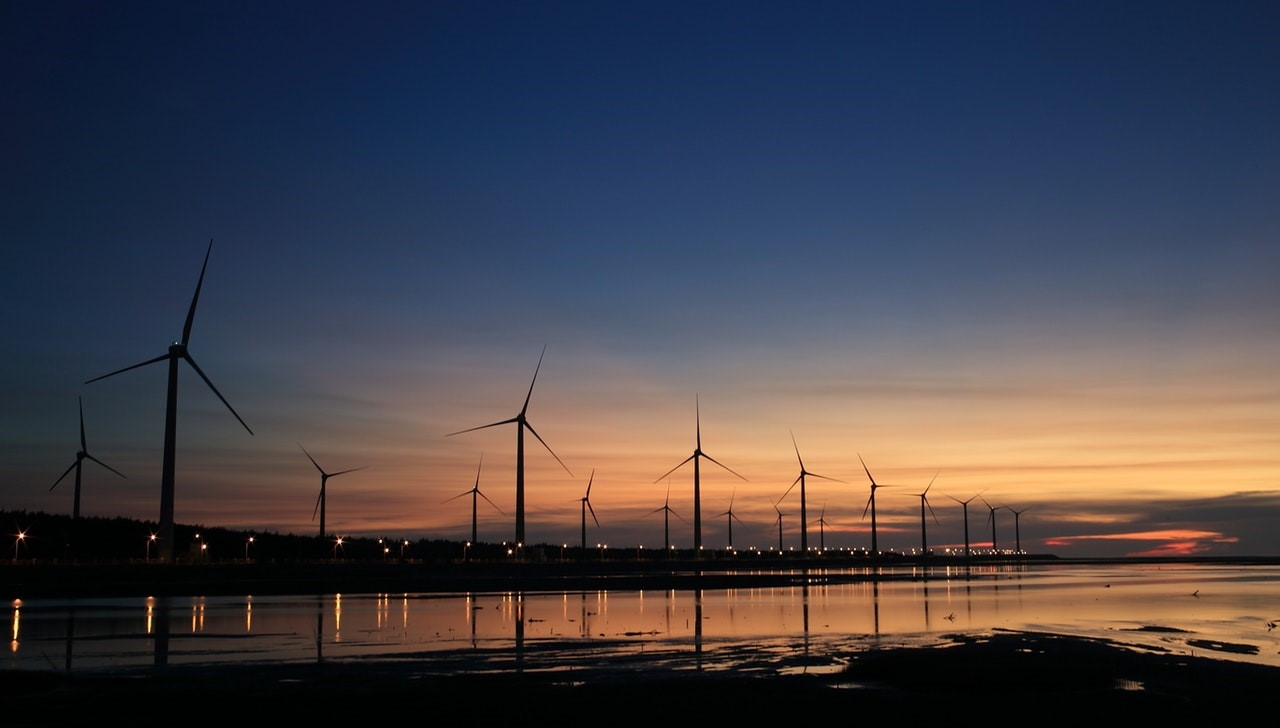U.S. Energy Department to Trial P2P Energy Transactions

During the last couple of months, the US Energy Department has often shown interest in blockchain technology, following a series of investments and research efforts being carried out in this direction.
Now, recent reports indicate that the National Renewable Energy Laboratory of the DOE will be partnering up with BlockCypher, a crypto start-up, to offer peer-to-peer (P2P) energy transactions to be carried out via blockchain technology.
The two institutions want to showcase how blockchain technology can help integrate energy transactions, and what the benefits of such a system would be. According to a statement made by BlockCypher, “The technology developed in this project enables people to exchange renewable energy, peer to peer. This would be important in a natural disaster or when the grid goes down for extended periods, just like we’ve seen last year across the U.S. This technology is also important as energy consumption continues to grow with more people using electric vehicles and battery powered devices (…) Peer to peer energy exchange could improve the match of generation and demand, reducing under voltage or brownouts during peak energy usage.”
The project also aims to demonstrate how p2p payments for energy transactions can be both facilitated and settled via the Dash network, between test homes and the Energy Systems Integration Unit.
The CEO of Dash Core also mentioned that: “By enabling smart meters with the ability to exchange digital currency for electricity, we can make the grid more efficient and stable by enabling the monetization of stored energy and energy production at the endpoints of the grid. It can also help avoid costly infrastructure upgrades if our grids can operate more efficiently. Dash is uniquely fit to facilitate these payments, because it is designed to scale to massively large transactions while maintaining very low transaction costs.”
Therefore, p2p payments with little-to-no transaction costs would make the process more efficient, but also quicker and cheaper for both energy providers and users throughout the world. It is believed that the system will soon be scaled in order to include multiple forms of utility integration between a larger number of homes.


